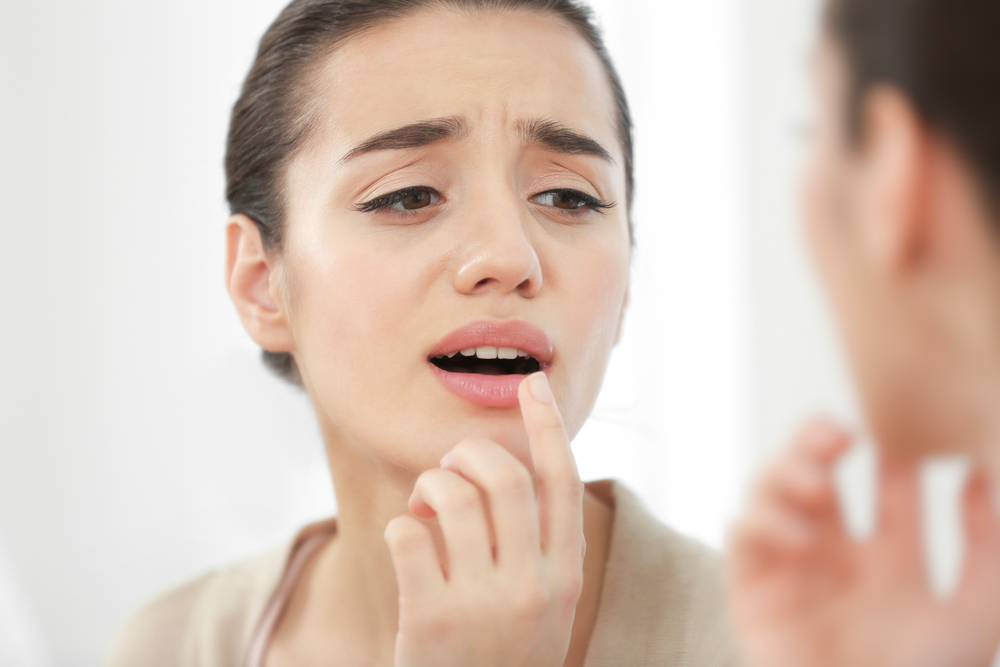Sores on your mouth, lips, tongue and inside cheek are quite often induced by viral infections or minor injuries.
Mouth lesions and sores rarely require instant emergency medical attention, but they can be painful and embarrassing, especially if the sores are obvious. Someone with a mouth or tongue lesion has lumps, bumps, little ulcers, or cuts or sores inside or outside the mouth and lips.
The first thing to do if you have a painful mouth is to establish the cause considering that there are a lot of extraordinary forms of mouth sores. Open your mouth and take a look inside, preferably in light in front of the mirror.
Sores can occur anywhere within the mouth, including the bottom of the mouth, inside cheeks, gums, lips, tongue, and the back of the throat. The sores are very red, swollen, bleeding, oozing pus, or may have small white patches in the center. Pull your tongue out to verify for lacerations or swelling on the top, bottom and sides.
Viral and fungal infections are the main causes of mouth sores. Two of the most common causes of recurrent oral lesions are fever blisters (often referred to as cold sores) and canker sores.
Cold sores on the mouth are probably precipitated by the herpes simplex virus 1, or herpes, which affects practically two-thirds of all adults around the world. Canker sores are small mouth ulcers that later go away by themselves.
Sores on the tongue or throughout the mouth will also be prompted or exacerbated by other infections, irritation, stress, or, rarely cancer. Sometimes mouth sores ooze pus or bleed. Bleeding may mostly occur if the ulceration is severe, aggravated by an outside agent or treatment, or infected.
In case you are experiencing mouth cuts and sores and don’t have an underlying etiology, try changing your dental care and hygiene habits. Some mouth sores and lesions are induced by sharp or broken teeth, dentures that don’t fit, or braces with protruding wires.


